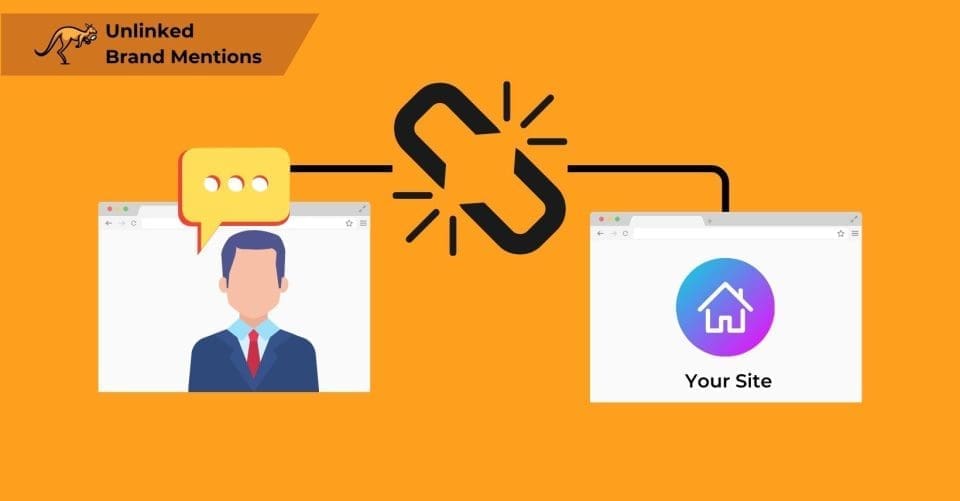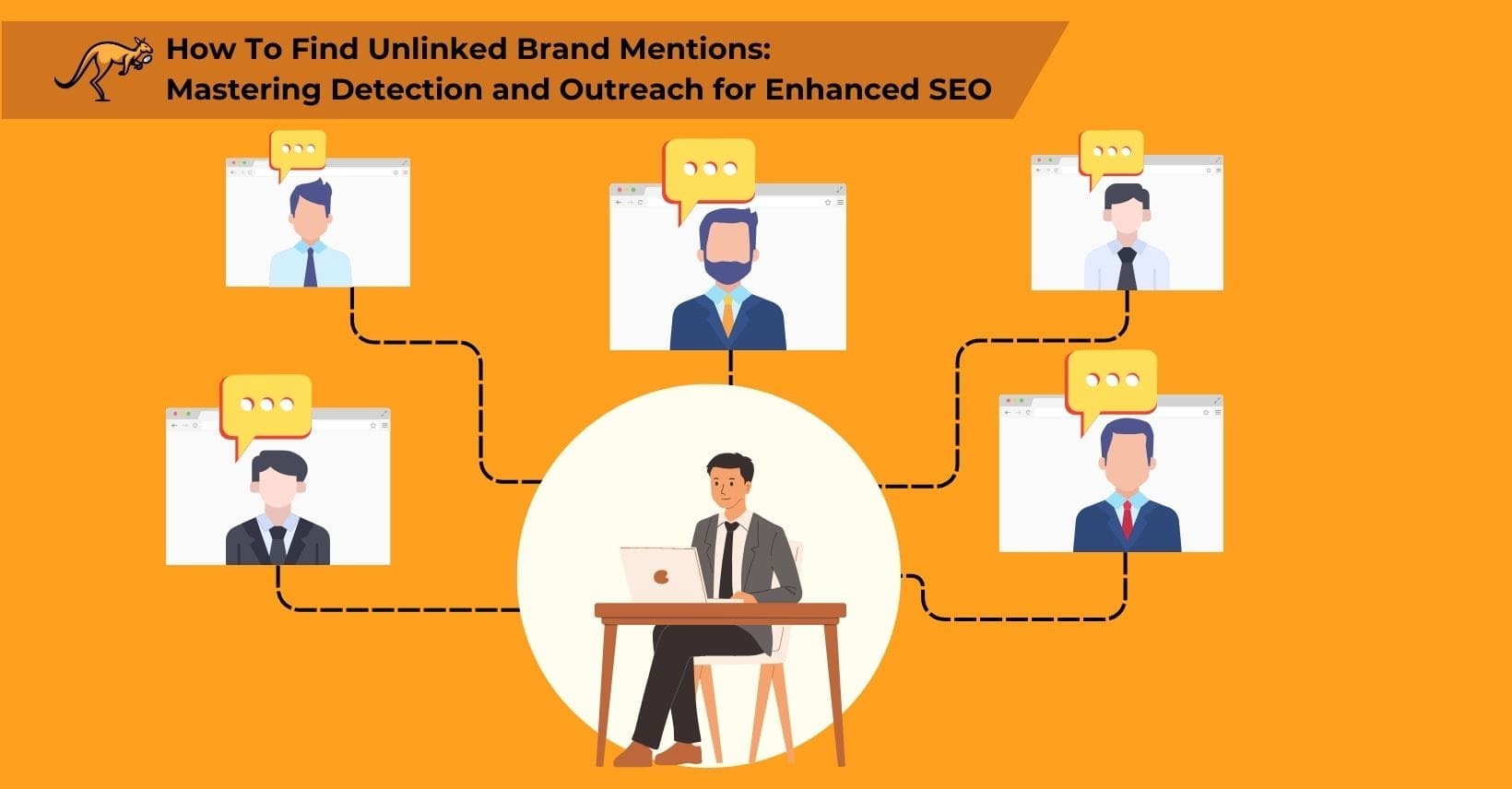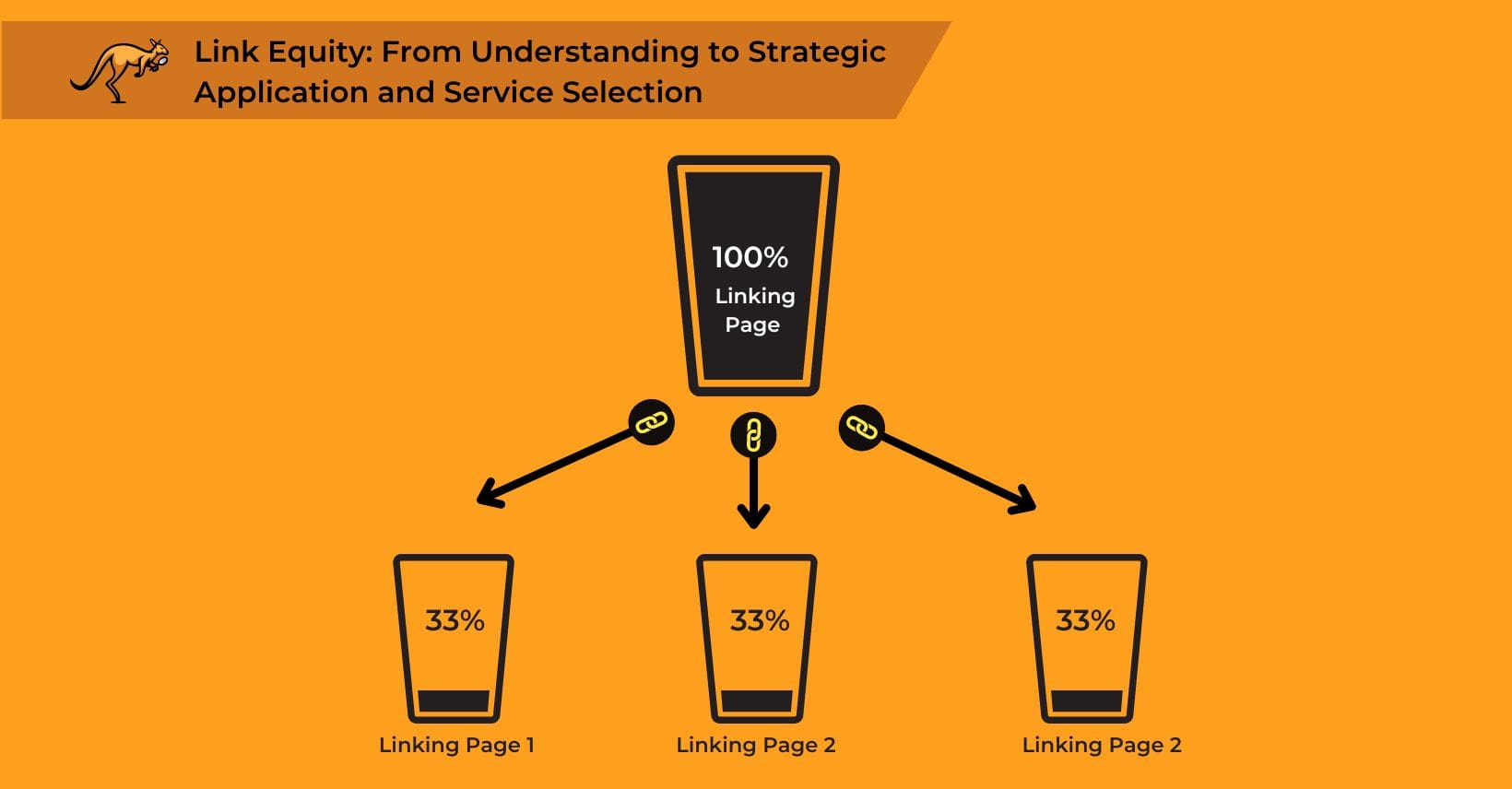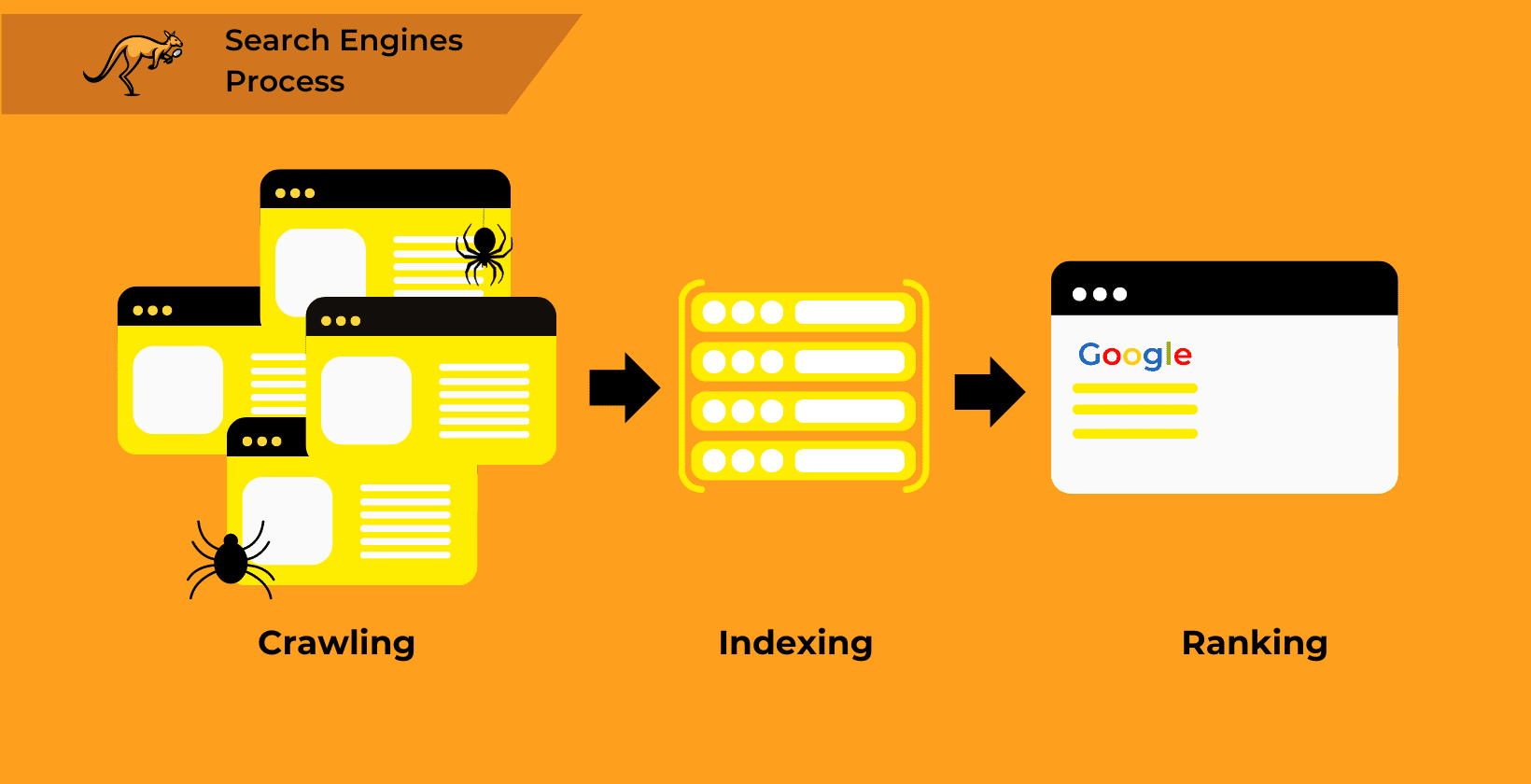Brand mentions, serving as subjects within the domain of link building, predicate the potential to amass links effectively.
This strategy, relying on existing online mentions as objects, bypasses the substantial effort typically required for new content creation. Yet, the success of this approach hinges on executing the correct methodology.
Whether targeting major platforms or smaller blogs discussing your brand, understanding the method to identify and convert unlinked brand mentions into valuable links is essential.
Next, we will explore what defines an unlinked brand mention and why it is pivotal to recognize these opportunities.
What is an Unlinked Brand Mention?

Unlinked brand mentions occur when your brand is referenced without an accompanying hyperlink. Although these mentions don’t significantly enhance your search engine rankings like linked mentions do, they are not without value.
Identifying these references allows you to engage with the content creators to potentially transform a mere mention into a valuable backlink, boosting your SEO efforts.
Such mentions may include not only your brand name but also products, services, or even high-profile personnel like your CEO. From promoting events to highlighting your company’s motto, each mention could be a potential opportunity for link building. But why exactly should you dedicate resources to finding these unlinked brand mentions?
Why Should You Find Unlinked Brand Mentions?

Securing more valuable backlinks to your site is a challenging yet rewarding endeavor. In the complex world of SEO, the art of link building often hinges on seizing fleeting opportunities, making the discovery of new link sources a daunting task.
The treasure trove of unlinked brand mentions represents an untapped SEO goldmine. Transforming these mentions into links not only diversifies your link-building strategies but also elevates your site’s relevance and authority, providing a substantial lift to your SEO performance.
The advantage of leveraging unlinked brand mentions lies in their ease of conversion compared to the laborious process of negotiating guest posts. By simply identifying and requesting links for existing mentions of your brand, you streamline the path to enhancing your site’s visibility and ranking.
With the groundwork laid for understanding the value of unlinked brand mentions, we subtly pivot towards unveiling practical strategies for identifying these potential link-building gems.
How to Find Unlinked Mentions
Uncovering unlinked brand mentions depends heavily on your choice of tools and techniques. If your sources are part of the indexed web, detecting these mentions becomes feasible.
Common strategies include analyzing sites that might reference your brand without linking back. Each method has its nuances, offering different advantages for identifying these potential link opportunities.
Ready to enhance your search strategy? Up next, we’ll explore a few key tools: Google Search Checks, Ahrefs Content Explorer, and Screaming Frog SEO Spider, among others. These resources can transform your approach to finding unlinked brand mentions.
Google Search Checks
At the very least, you can search for terms or phrases related to your brand on Google while including quotation marks around the terms themselves.
This is the least efficient way of finding mentions of your brand online, but it also does not require any specialized tools.
Obviously, this becomes easier if your particular site has a unique or distinct name.
Since this will bring up any page that contains those words and phrases, more generic searches will not bring up many useful results, if any.
Ahrefs Content Explorer
The Content Explorer is the “mini search engine” offered by Ahrefs and sorts through a huge database of pages to find specific brand mentions.
When combined with the filtering options (such as to exclude websites below a certain domain rating or past a certain date), this becomes a great way to find fresh mentions that actually meet with your SEO standards and your brand’s needs.
On its own, this platform will only give you a list of pages to check – other page-checker and SEO tools might be better for actually identifying the new mentions themselves.
Screaming Frog SEO Spider
Screaming Frog (and other similar SEO spider tools) can allow you to exclude any pages that already link to your site, meaning that you are not being shown mentions that already contain links.
Remember, two links from the same site do not double up – even if the mentions do not link to you, another link on that same site might make it pointless to approach them for the mentions anyway.
Doing this can leave you with only the new mentions that do not link to your site already, giving you the full list of unlinked domains to target with whatever outreach efforts and methods you prefer.
Other Tools

Many tools, similar to those discussed, effectively detect brand mentions online, excluding unwanted connections from link farms and low-quality websites.
Key to this process is identifying your brand across various platforms while filtering out established linking domains. The method isn’t fixed; it should yield results and fit the complexity of your needs, ranging from simple searches to more detailed scans, aligned with the urgency of acquiring new links.
As you refine your approach to finding these mentions, consider how interacting directly with the authors of these mentions might further enhance your outreach efforts.
Outreach to Brand Mentions
Once you identify unlinked brand mentions, the next step is to convert them into valuable backlinks. This process often involves contacting website owners to discuss potential link placements.
Successfully securing these links hinges on effective communication and the site owners’ receptiveness to collaboration. Whether the negotiation proves simple or challenging depends on how you present the benefits of linking to your brand and the rapport you build with them.
To increase the likelihood of a favorable outcome, it’s essential to approach these interactions with a strategy that not only respects the site owners’ interests but also clearly highlights the added value your link could bring to their content.
As you plan your outreach, consider how to make the process as straightforward as possible for them, prioritize engaging with those who are most likely to be receptive, and steer clear of partnerships that might dilute your brand’s credibility. With these considerations in mind, you’re well-prepared to enhance your SEO through strategic link acquisition.
Look At Context
You do not always want to capitalize on brand mentions.
Not all mentions are actually good ones – for example, there might be blog posts about bad experiences that a user had with one of your products or articles comparing your business negatively to another.
In these instances, you do not want to get a brand mention link.
Not only do these sometimes end up being less relevant overall, but the site owner is not usually going to want to work with you.
This is especially common if the article is about a bad experience that they personally had with your brand.
You always want to make sure that you are outreaching to the right people for the right reasons.
Some links simply will not be worth the effort, and specific mentions might just not be worth the time it takes to earn them, especially if they could reflect better on other websites and brands than your own.
Be Approachable and Fair
One of the biggest mistakes that a brand can make is trying to capture brand mentions with a formal tone – or going to the completely other end of the spectrum and being over-familiar.
While both sides of the arrangement usually know that the link placement is being done for marketing reasons, you still do not want to be brash and direct.
On the other hand, it helps to not overplay your interest in working with them or be obviously trying to appeal to their emotions and impulses.
In general, tailor your outreach for every situation.
Try to write emails that fit with the general tone of the article and the attitude that the website owner seems to have towards you.
Beyond that, do not be afraid to negotiate with them if you desperately need more links for your backlink profile.
Remember: they are the one who gets to decide if you actually get the link placement or not.
If they decide that they do not want to insert a link into their press releases, you can’t force them to change their mind, so make the best first impression you can and keep things straightforward.
Offer Extra Value
If you want to earn valuable backlinks via brand mentions, then you can always try to offer some value back. This could be something like pointing out errors or highlighting statistics that might be wrong – offering non-
smut but helpful corrections.
This allows you to bury the request for a link inside a relatively normal email and also means that you are not simply approaching them for your own selfish reasons.
Some business owners even save the link request for the second email after they reply to the first, making their outreach efforts even more natural.
Offering some kind of value to the website owner is a good way to get their attention and build a connection with them, but you also do not want to come across as smug or demanding.
Try to offer this additional value in a way that is genuinely helpful rather than feeling like some kind of begrudging help.
Make It Easier For Them
A lot of site owners do not actually want to do things that they do not need to, which is the exact reason that you should make it easier for them.
For example, many link-builders find unlinked brand mentions and then include links to that brand mention within the email – alongside their preferred linking URL.
This removes a lot of the back-and-forth discussion and lays out the inbound links you are hoping for, as well as the anchor text you are targeting.
This effectively means that the website owner can create the new link in only a few minutes at most, dramatically increasing the chances of them actually making the change since it takes them a lot less effort.
This can also be important for older mentions.
Many site managers and owners do not inherently remember all the pages they created and blog post articles they wrote, so giving them an exact breakdown of the anchor text and the mentions you want can streamline the entire process.
Choose Willing Linkers First
It is much easier to guarantee links to your site if you target existing brand advocates.
These are people who already like your products and/or services and would probably be very happy to share them around even further.
While they obviously are not true brand representatives and are not part of your business, anybody who is a fan of your brand will be far more likely to link and offer support.
Even if they are not necessarily providing fantastic-quality backlinks, there is no harm in getting more.
Often, you will find unlinked brand mentions from these sites that are either broken links or were simply never linked at all.
In either case, approaching them for linked mentions can usually be a fruitful option, and it does not often take that much to convince them.
If somebody is in your target audience and loves your brand already, it does not take much to sway them into turning mentions into full-on links.
Of course, you should always check the age of the blog post – somebody who loved your brand two years ago might not be as big of a fan now.
Avoid Spam Sites or Poor Choices
While numerous content exploration tools are adept at filtering out sites lacking value, discernment is key in identifying truly beneficial sites for brand mentions. The spectrum of online domains includes both link farms and sites irrelevant to your brand, highlighting the importance of strategic selection.
Not all domains with high authority guarantee value; for instance, a high-authority travel blog mentioning your brand might not align with your business goals, rendering the mentions less impactful.
The allure of a high domain rating and prominent search engine positioning does not automatically qualify a site as a beneficial referrer for your SEO objectives. The essence of valuable unlinked mentions lies in their relevance and quality, a critical perspective shared by search engines.
As we pivot towards exploring the distinctive capabilities of Searcharoo in the arena of unlinked brand mention discovery, it becomes evident that a nuanced approach, emphasizing the symbiosis of relevance, quality, and strategic alignment, sets the foundation for effective brand mention identification and engagement.
What Sets Searcharoo Apart as the Premier Choice for Discovering Unlinked Brand Mentions?
Searcharoo distinguishes itself as the premier choice for discovering unlinked brand mentions through its comprehensive coverage across diverse online platforms, including social media, forums, blogs, and news sites.
Employing advanced search algorithms driven by natural language processing and machine learning, Searcharoo delivers accurate and contextually relevant results in real-time, enabling swift response to customer feedback and issues.
Its customizable search parameters cater to specific needs, while its identification of unlinked mentions offers valuable link building opportunities to enhance online visibility.
Detailed analytics and reports provide actionable insights, empowering informed decision-making and optimized marketing strategies. With its user-friendly interface, Searcharoo ensures accessibility and ease of use, making it an indispensable tool for effective online reputation management and brand monitoring.
Unlinked Mentions FAQ
Unlinked mentions are only one of many ways to gain organic traffic and push your brand name higher in search results, but you should never completely ignore the unlinked mentions that you find.
While each unlinked mention is going to offer different SEO and organic traffic value, the right combination of unlinked mentions can lead to some fairly powerful links tied directly to your brand name.
It is important to remember that unlinked mentions are not a one-size-fits-all solution, though.
There are always going to be some elements that you will need to adapt to when dealing with unlinked mentions for the first time.
Do Unlinked Mentions Provide Organic Traffic
If a site gets enough traffic and user engagement, an unlinked mention can serve as a source of traffic and an SEO tool.
Even if an unlinked mention only provides a small amount of direct traffic, the SEO benefits will directly lead to more organic search traffic as well.
Why are brand mentions important?
Brand mentions serve as one of the most effective ways to boost your SEO, especially when used alongside other and “larger-scale” SEO techniques. Naturally, this also requires you to spend some time figuring out
how you can capture them in a way that benefits your site and business.
Unlinked mentions of your brand name or a product name are directly relevant to your business, making even the most basic unlinked mention worth pursuing in a lot of instances.
Of course, not every unlinked mention is actually worth the effort. Like any link, they need to be chosen carefully by an SEO specialist or site manager.
How can I improve my brand mentions?
Getting more sites to talk about you leads to more unlinked mention options, especially if you can nudge your brand name onto more high-quality sites.
Keep doing things that get attention from larger sites – promotions, deals, special events, unique products, or even just something that will go viral on social media.
Whether you have a lot of unlinked mentions to deal with or only a few that currently exist, it is important to use some common sense when working out how to approach them. Each business is different, so play to your strengths and try to secure as many good links as you can with the tools you have available.


